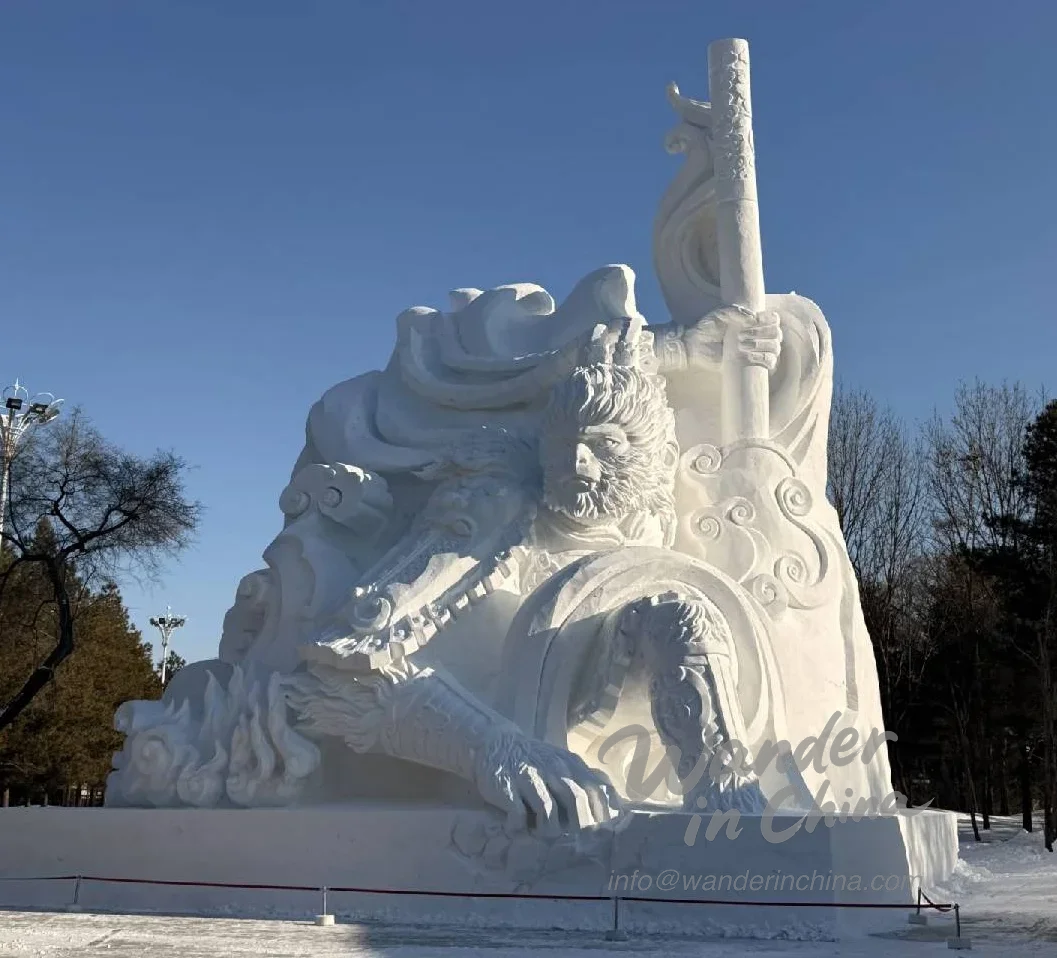Explore the Three Pagodas of Dali: History & Travel Guide
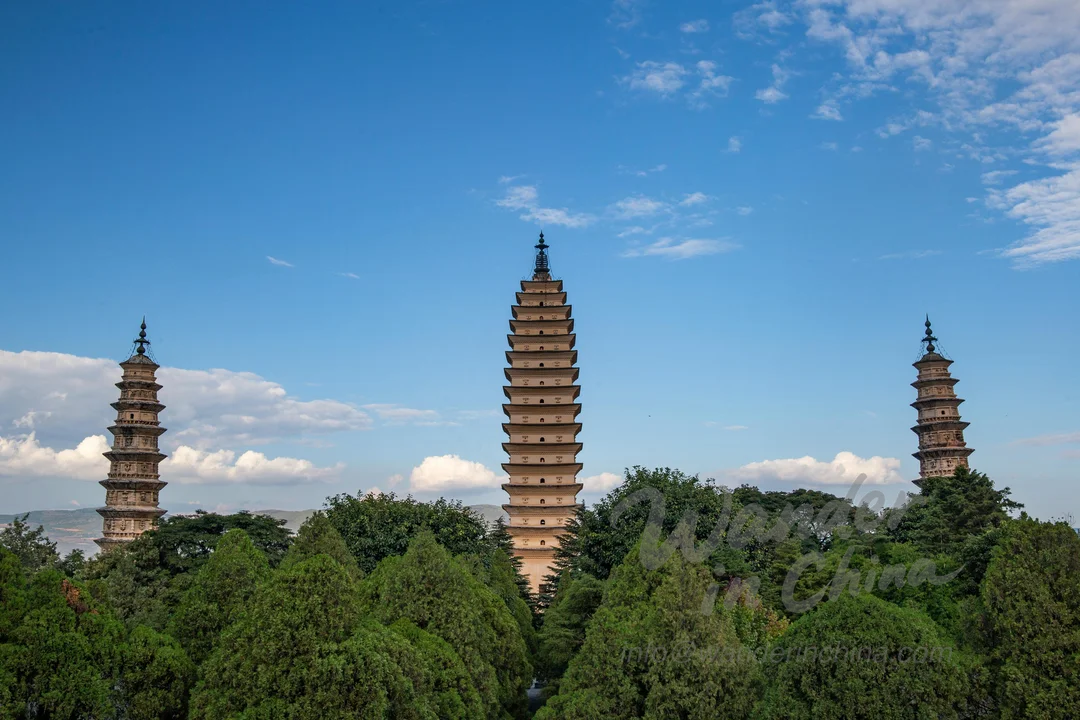
The Three Pagodas of Dali: A Historical Landmark Guide
The Three Pagodas of Dali, standing majestically against the backdrop of Cangshan Mountain and overlooking Erhai Lake, are not just a visual spectacle but also a testament to the rich history and cultural heritage of the Dali region. These iconic structures are a must-see for any visitor to Dali, offering a glimpse into the area’s past and its enduring Buddhist traditions. For a complete overview, see our main guide to Dali.
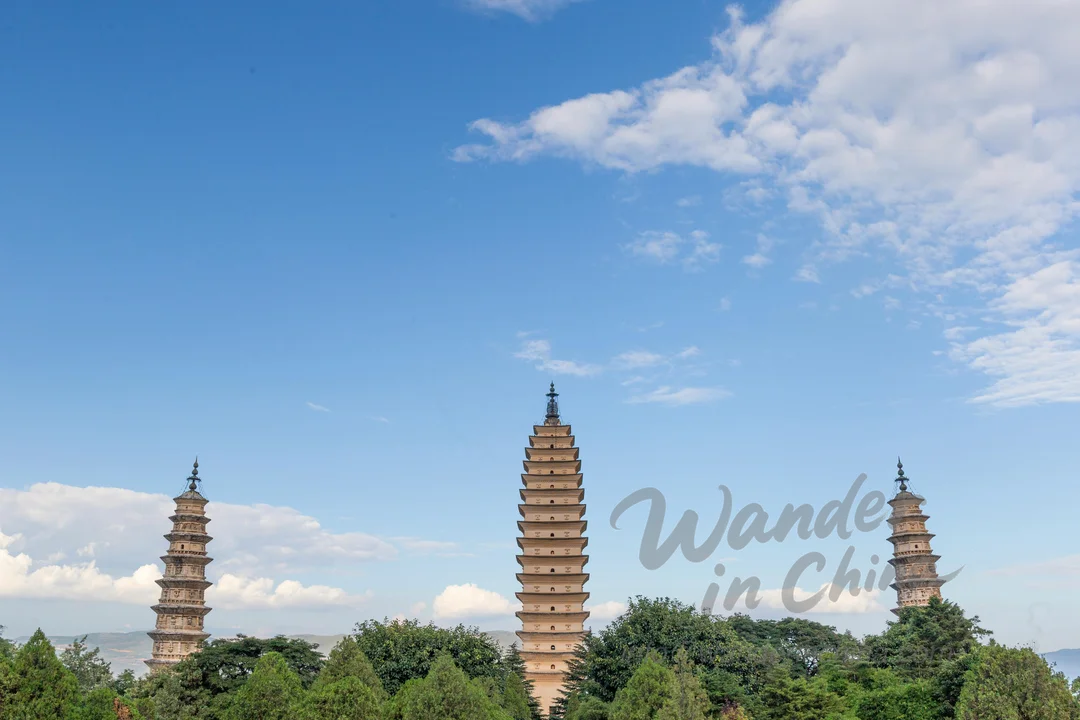
History and Legends
Origins and Evolution of the Pagodas
The Three Pagodas, officially known as the Chongsheng Temple Three Pagodas, have a history stretching back over a thousand years. The central pagoda, Qianxun Pagoda, was built during the Tang Dynasty (824-840 AD) by the Nanzhao Kingdom. It served as a symbol of Buddhist power and was believed to protect the kingdom from natural disasters. The two smaller, flanking pagodas were added about a century later during the Dali Kingdom period. The architecture reflects a blend of Tang Dynasty and local Bai styles.
Historical Significance and Architecture
The Qianxun Pagoda is a remarkable 69.13-meter-tall, 16-story brick structure, showcasing the advanced architectural skills of the era. Its square base and gradually narrowing tiers are typical of Tang Dynasty pagodas. The two smaller pagodas are octagonal and stand at 42.19 meters, complementing the central pagoda’s grandeur. The Three Pagodas Dali architecture is a unique example of the fusion of Han Chinese and Bai cultures.
Why They Are Iconic for Dali
The Three Pagodas are deeply intertwined with Dali’s identity. They have witnessed centuries of history, from the Nanzhao and Dali Kingdoms to the modern era. They represent the spiritual heart of the region and are featured prominently in local art, literature, and folklore. The pagodas’ enduring presence makes them an iconic symbol of Dali, attracting visitors from around the world.
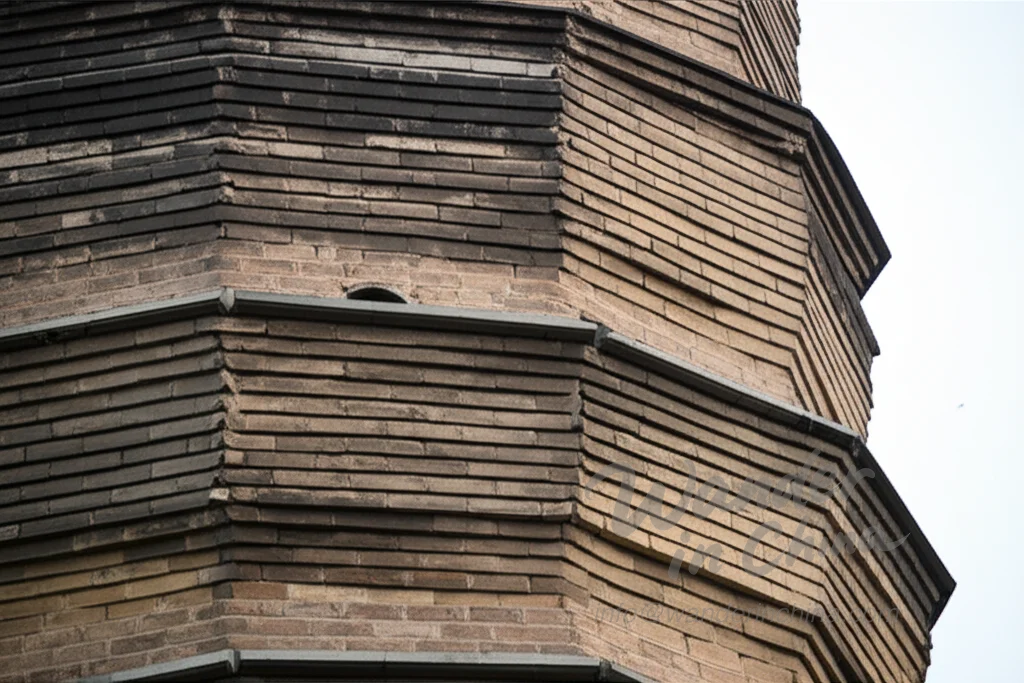
Visiting the Three Pagodas
Ticket Information and Opening Hours
The Three Pagodas scenic area is open daily. It’s advisable to check the official website or local tourist information centers for the most up-to-date Three Pagodas Dali opening hours and ticket prices. Usually, tickets can be purchased at the entrance to the scenic area. Buying Three Pagodas Dali tickets in advance online might be possible, especially during peak season.
Things to See and Do
Beyond admiring the pagodas themselves, the scenic area offers several attractions:
- Chongsheng Temple: Explore the reconstructed Chongsheng Temple, a grand Buddhist complex that was once one of the most important temples in Southeast Asia.
- Reflection Pond: Capture stunning photographs of the pagodas reflected in the tranquil waters of the Reflection Pond.
- Gardens: Wander through the beautifully landscaped gardens surrounding the pagodas, offering peaceful respite and scenic views.
- Exhibits: Learn more about the history and architecture of the pagodas and the surrounding area through informative exhibits.
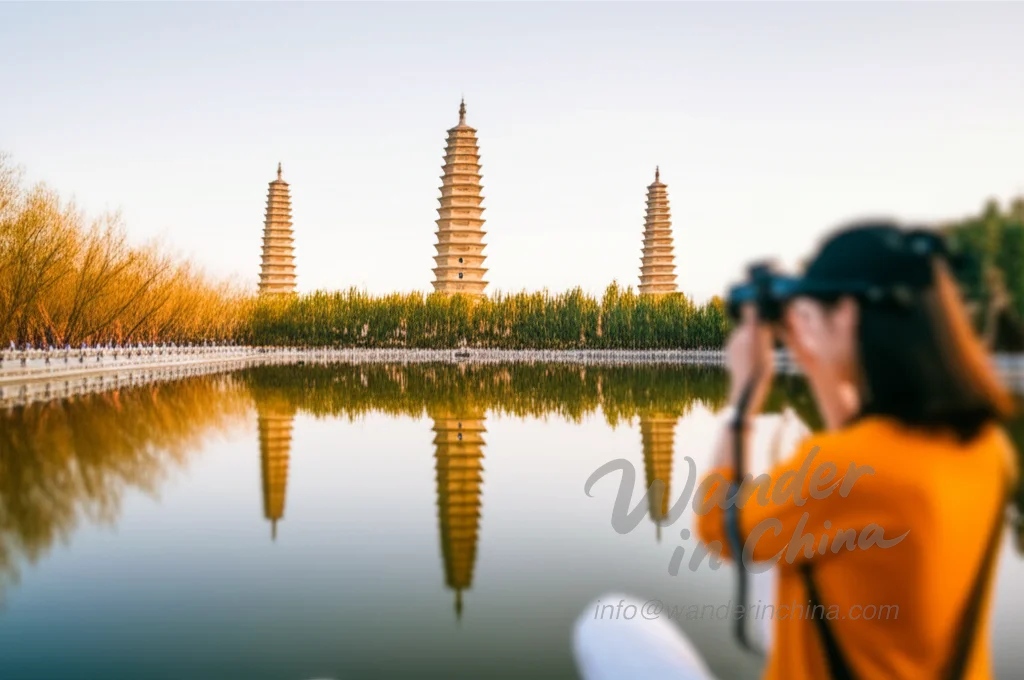
Tips for Visiting the Three Pagodas
- Best Time to Visit: The best time to visit Dali is during the spring (March-May) and autumn (September-November) when the weather is mild and pleasant.
- What to Wear: Wear comfortable shoes, as you’ll be doing a lot of walking. Dress respectfully when visiting the temple.
- Getting There: Several options exist for how to get to Three Pagodas Dali. You can take a taxi or bus from Dali Old Town. Consider checking out Getting Around Dali: Transportation Guide for Tourists for more information.
- Photography: Bring your camera to capture the stunning views. The Reflection Pond offers particularly picturesque opportunities.
- Respect Local Customs: Be mindful of local customs and traditions when visiting the temple and interacting with locals.


